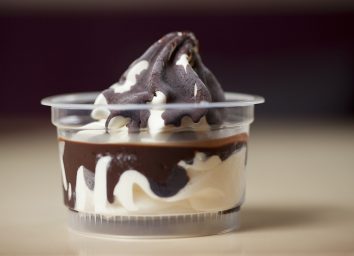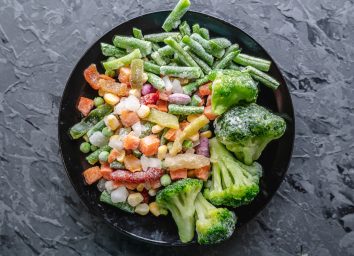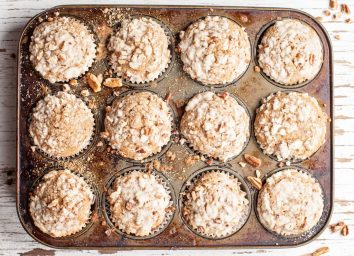10 Biggest Freezer Mistakes You're Making
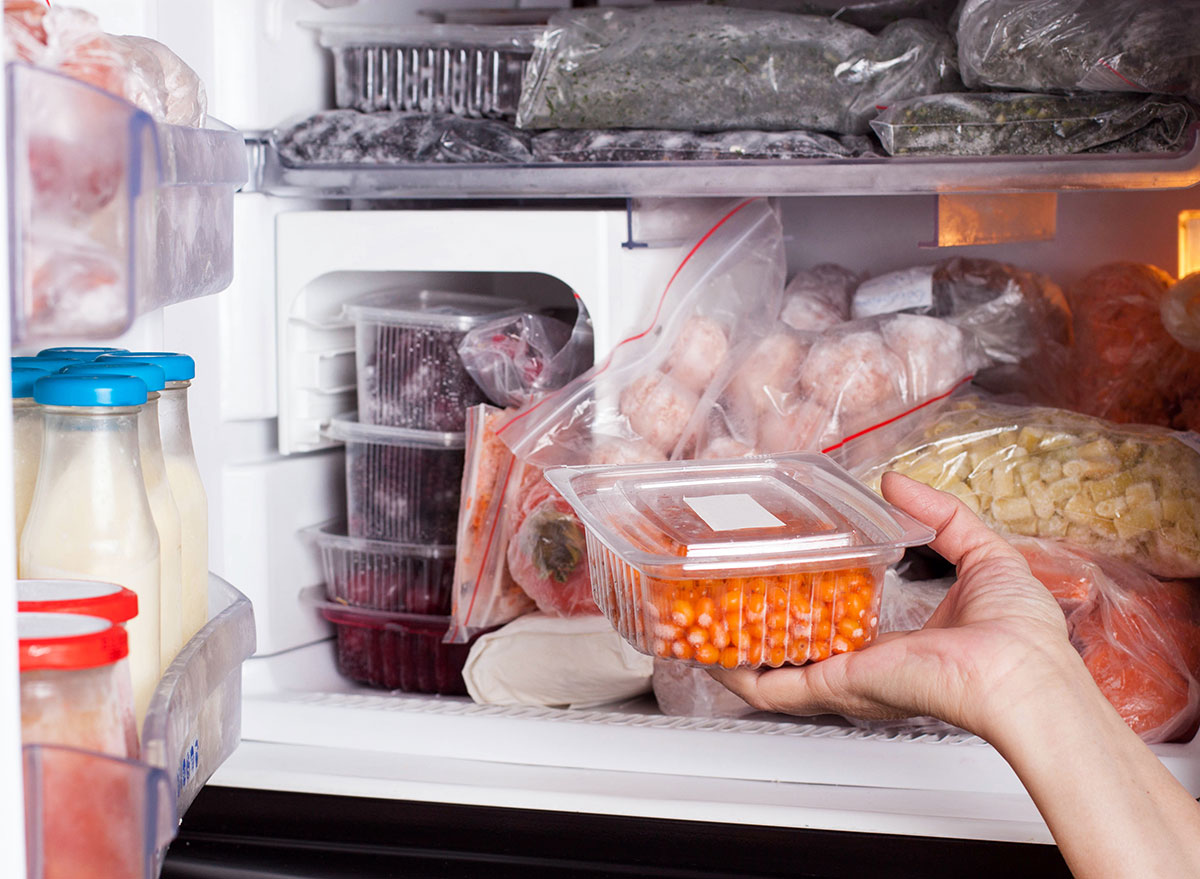
The freezer is one of our most trusted food-preserving resources in the kitchen. It seems simple on the surface—a great, big container that makes our lives a whole lot easier and makes the foods we love last a whole lot longer. We use it to store leftovers of that crock pot soup we loved, and to stock highly perishable items like vegetables, fruits, and meats, that wouldn't last very long in the fridge. And while you'd never think that the freezer needs an instruction manual, there are some common mistakes we all make when it comes to using it.
For starters, the temperature of your freezer should be managed because it can affect the quality of your stored items. Another common source of confusion: are all foods uniformly freezable? How do you know if something has gone bad? Read on to find out!
Not using airtight storage
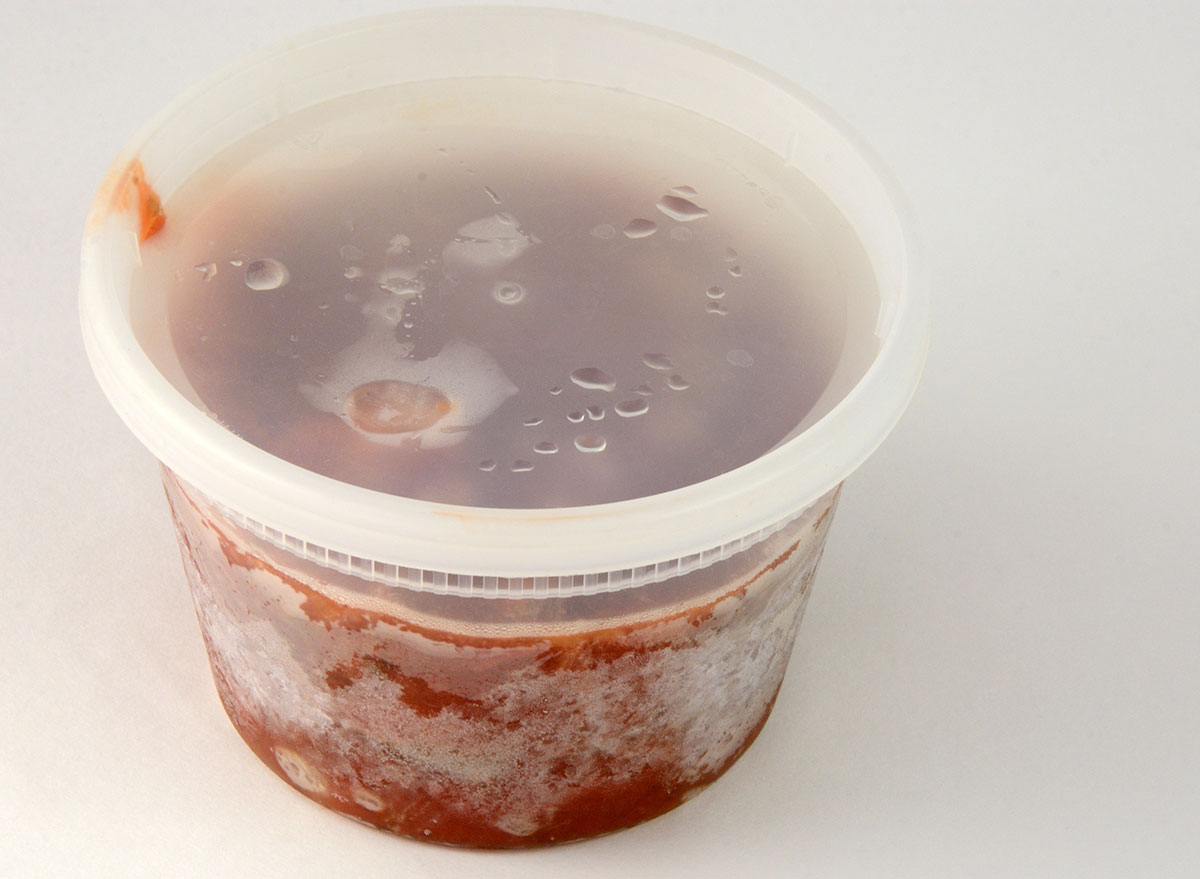
When freezing your favorite food items, it's best to use a reliable type of storage container in order to prevent freezer burn. This nasty side-effect of freezing occurs when food is damaged beyond repair by dehydration and oxidation, which occurs when air reaches it. Plastic airtight containers and freezer-proof zip-top bags are usually the best options because they can be sealed off completely.
Freezing non-freezable foods
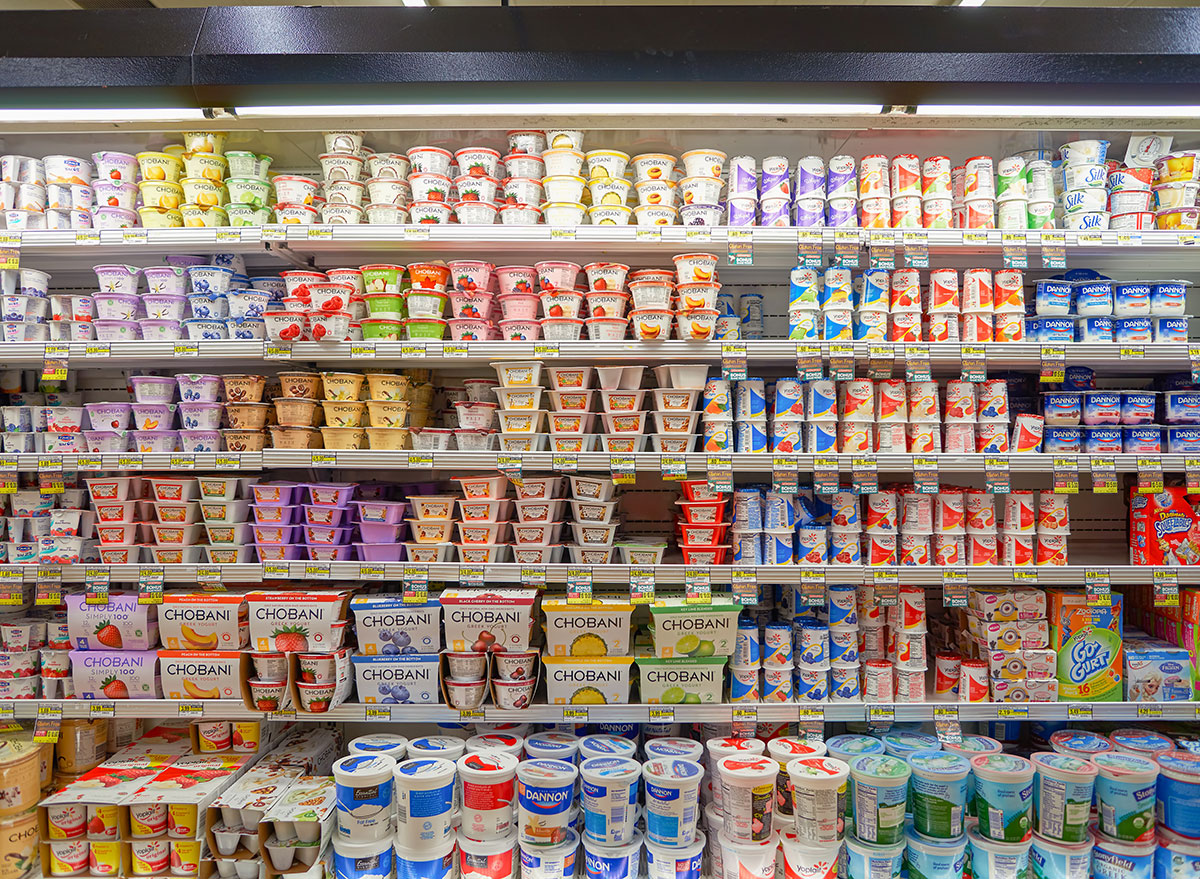
The freezer can be a great place to help extend the shelf life of many items. But there are still some foods that shouldn't ever be frozen. For one, dairy products like milk, cheese, yogurt, and cream, should never be frozen because their texture and even taste will be compromised. Also, avoid putting any water-heavy produce items into the freezer, like citrus, lettuce, potatoes, or even soft herbs. They are likely to ice over due to their high water content.
Re-freezing defrosted meat
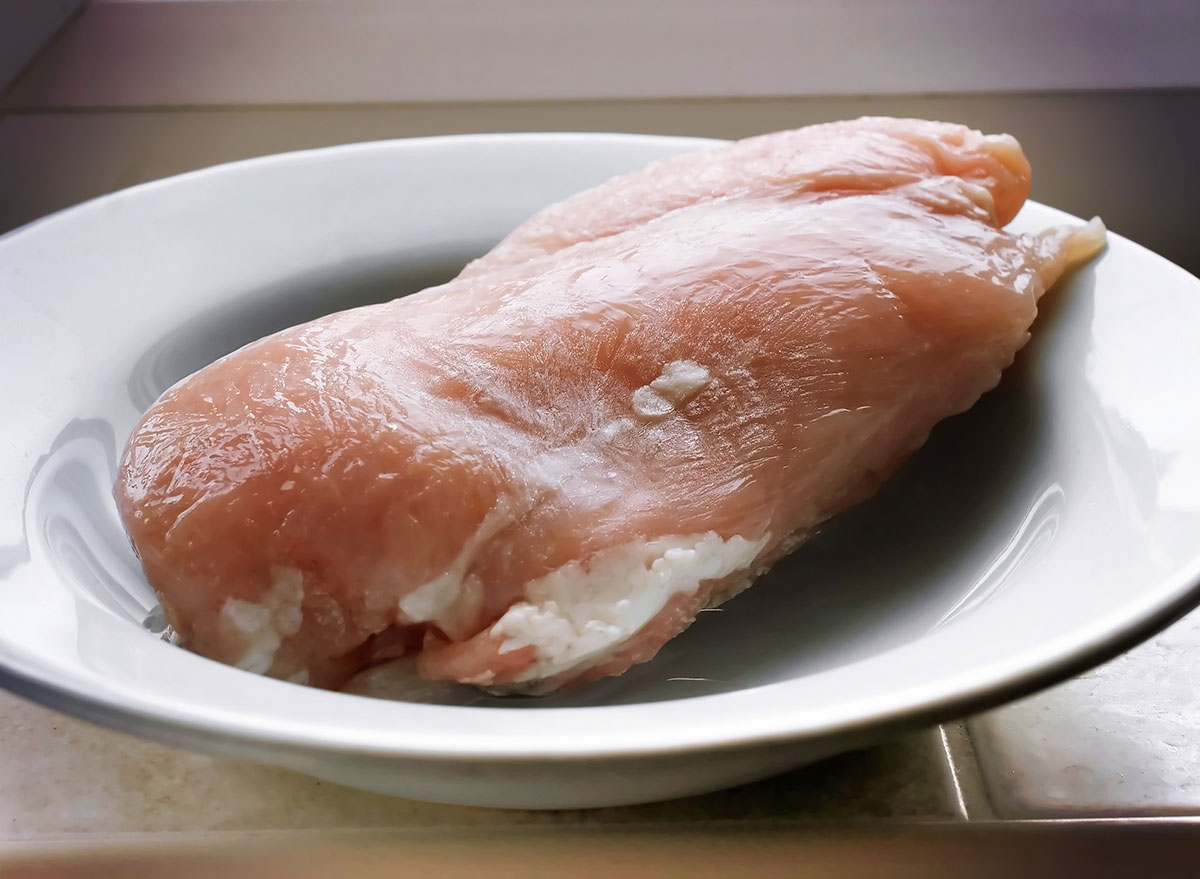
It's perfectly fine to freeze your meat, but once you take it out and defrost it, never put it back in the freezer. The back and forth between the two differing temperatures can cause bacteria to form and contaminate your meat.
Not checking your freezer's temperature settings
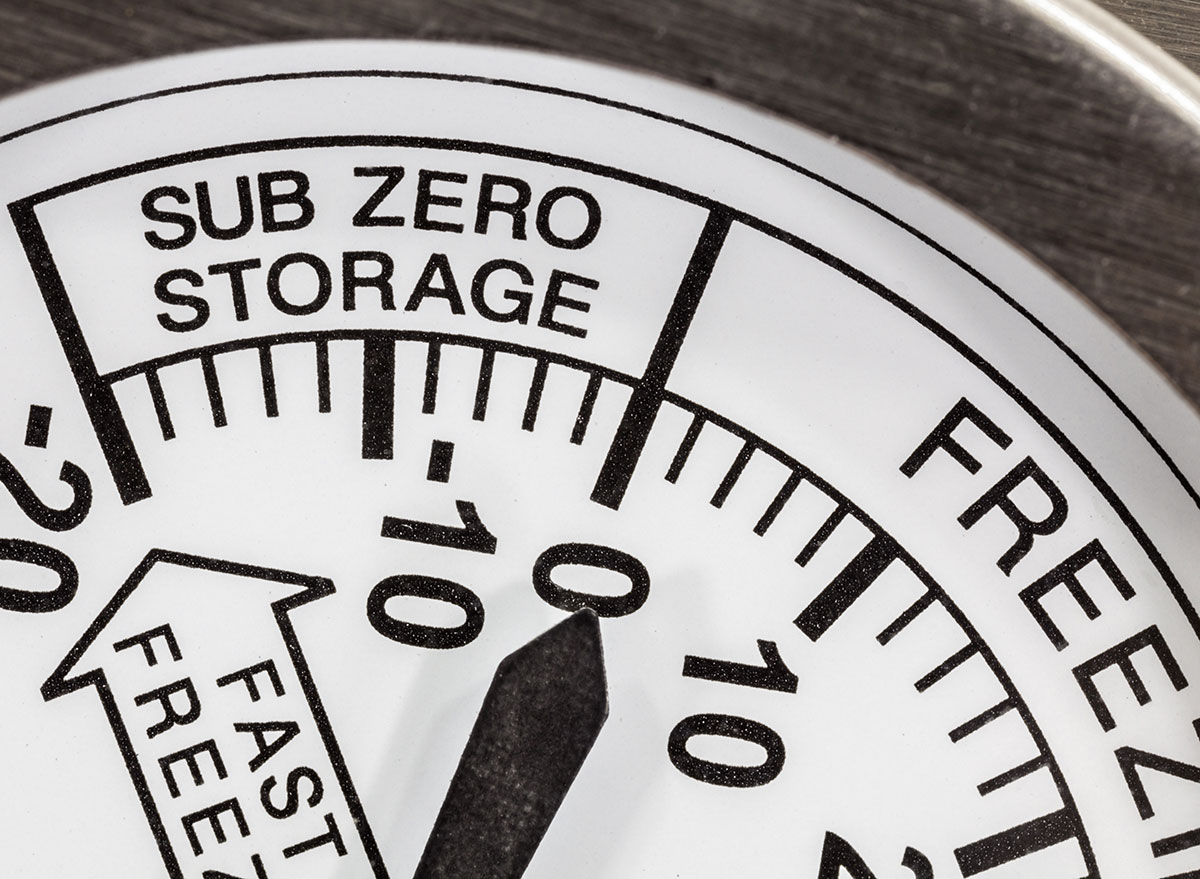
Many of us don't even know where the temperature dial is located in our freezer. Well, it's time to find that little knob! The freezer needs to be set at the correct temperature to perform its food-preservation magic, and the recommended temperature is 32 degrees Fahrenheit or below. Make sure you check what yours is set to and adjust accordingly.
Keeping foods longer than you should
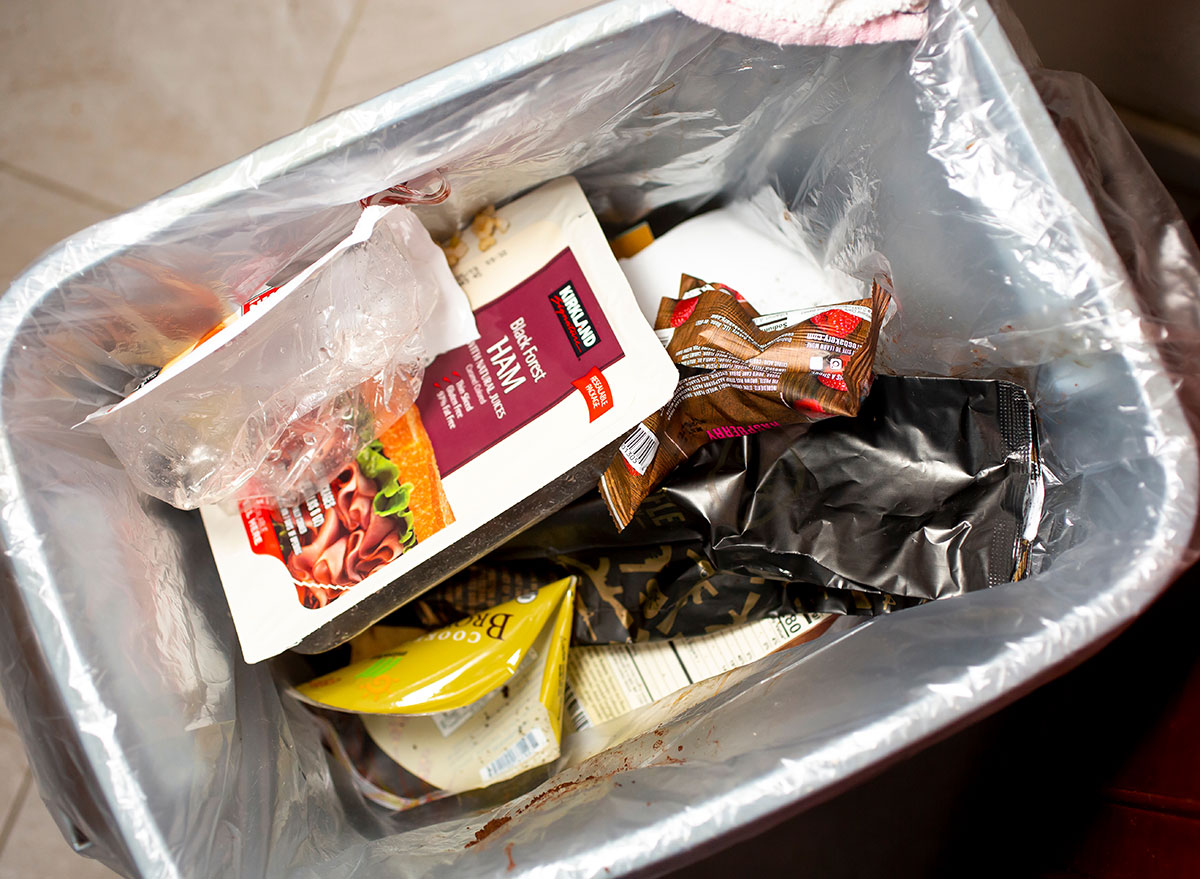
Yes, the freezer can prolong the shelf life of food, but that doesn't mean it makes food last forever. Make sure you're staying on top of the contents of your freezer, and checking your frozen food items regularly to spot anything that's ready to be tossed out. Here are some signs to look for when doing your freezer inventory: foods that have lost their lively colors, or ones that are releasing strong odors. Also, if there are noticeable amounts of freezer burn on your foods, that's not a good sign. For more tips on when to toss items from your freezer, check out Signs It's Time to Toss Your Frozen Food.
Not portioning out your food
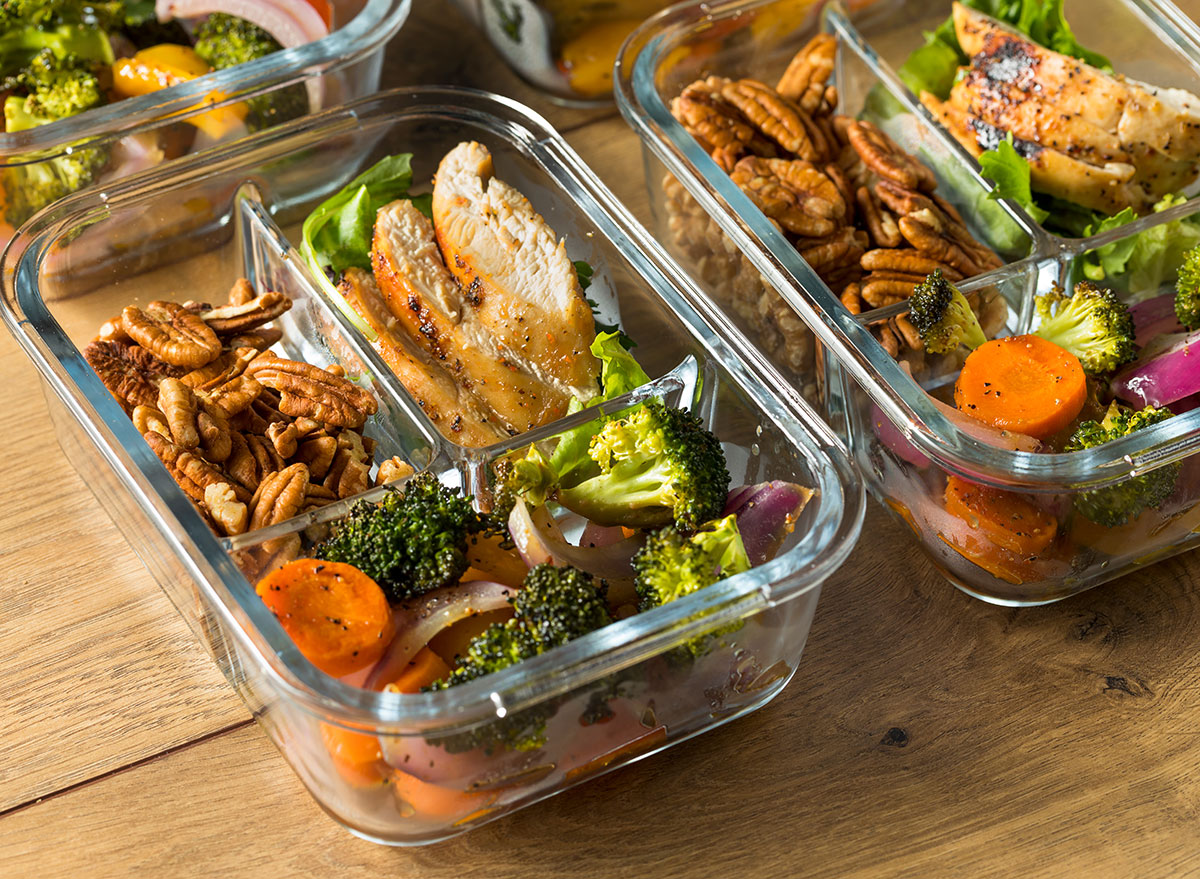
Portioning out your food before freezing will help make the defrosting process easier. Before you pop anything in the freezer, make sure it's separated out into meal-size portions. That way, you won't have to defrost more than you need, and you'll have a clear picture of just how many meals you can make with the contents of your freezer. Meat, in particular, takes long to defrost, so the larger the frozen piece, the longer it will take to defrost and prepare. If you're handling a big piece of meat, cut it up into cookable portions before freezing, and if you're dealing with multiple pieces of meat like chicken breasts, portion them out individually so they don't stick together.
Placing hot food directly in the freezer
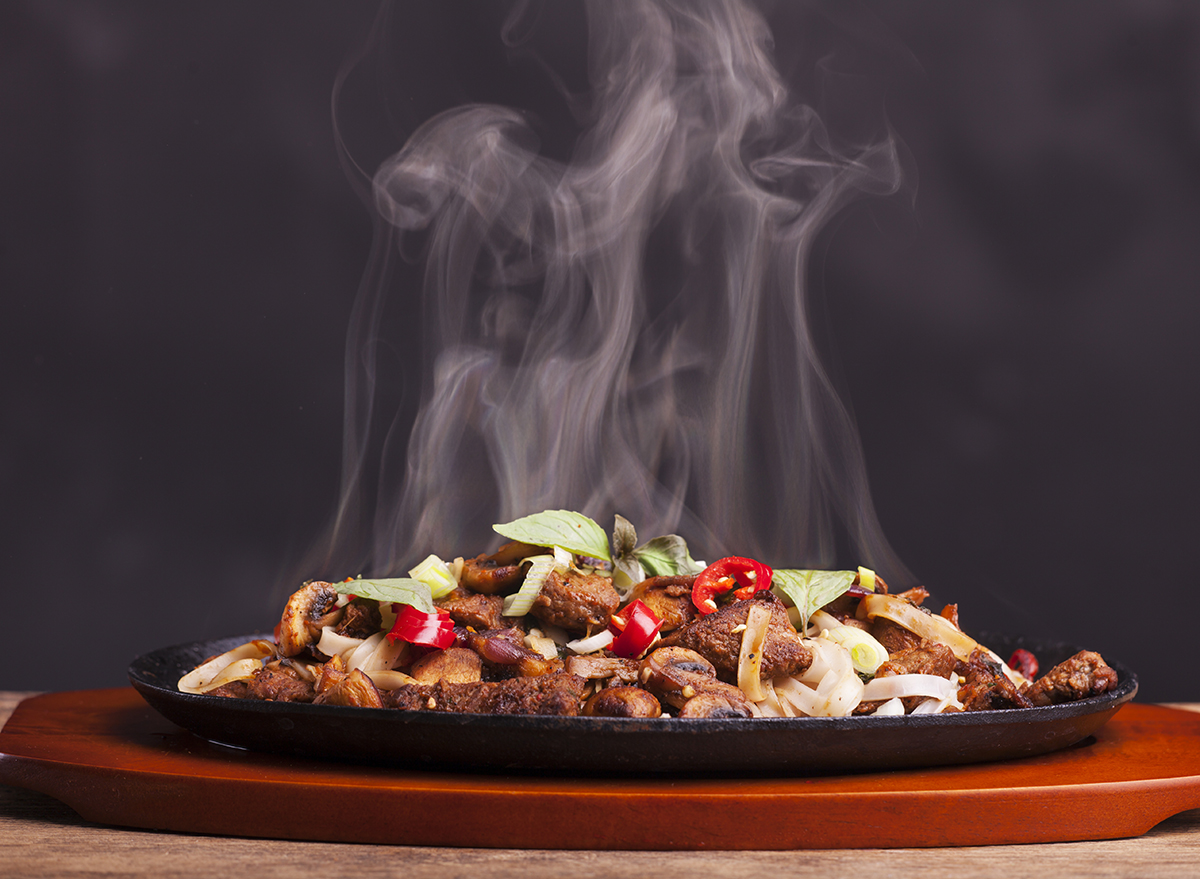
You should always let cooked food come down to room temperature before freezing or even refrigerating it. This helps maintain the quality and texture of your ingredients. Another danger of placing hot food directly in the freezer is that you could be compromising and defrosting your other frozen foods that come into contact with it.
Waiting too long to freeze your leftovers
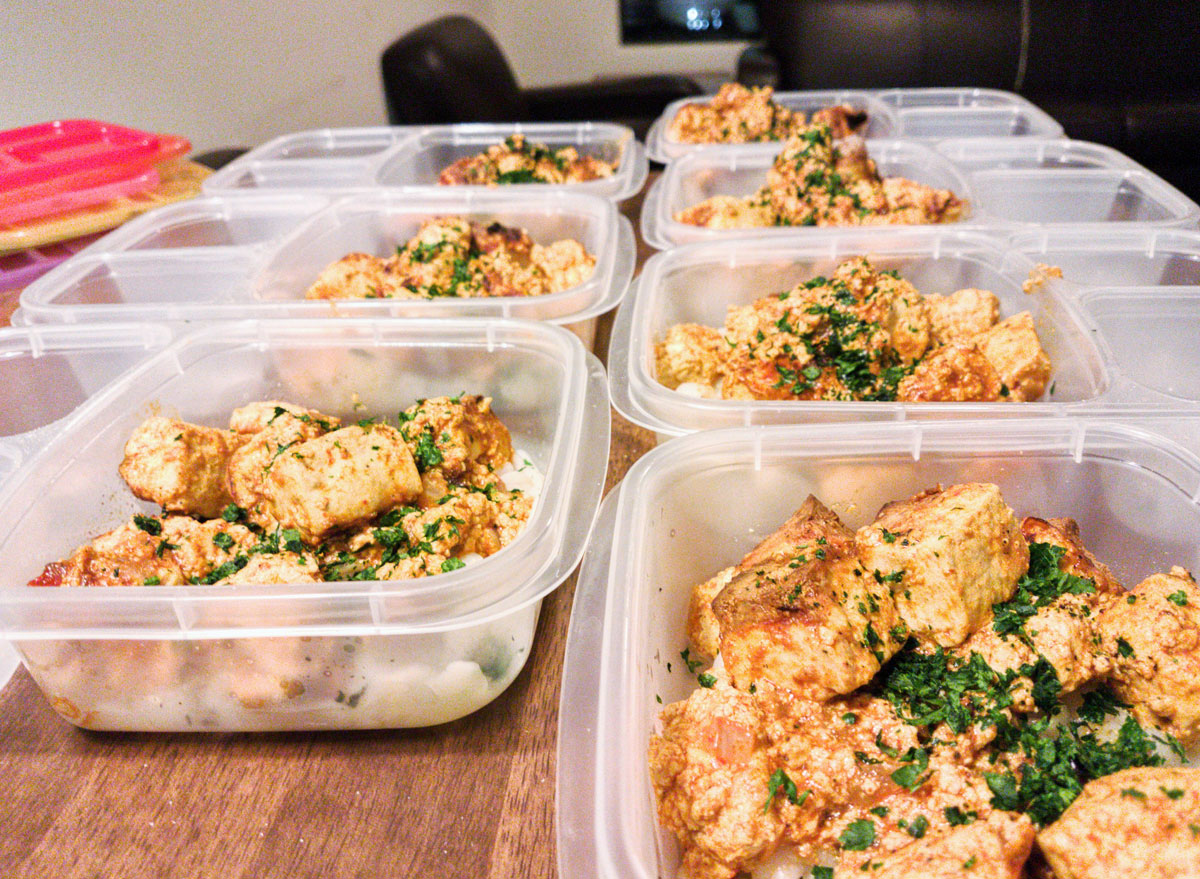
Your food should be at its peak freshness when you put it in the freezer. Whether it's the leftover chicken you had for dinner, or some fresh produce you're chopping up and freezing right off the bat, don't let it sit on the counter for long periods of time before freezing. It will compromise its baseline quality.
Not labeling your food

Label your frozen foods with names and dates when they were frozen, and you'll have a much easier time keeping track of what's what when it's time to plan your meals. It's easy to lose track of everything we've accumulated in the freezer over a period of several months, and labels go a long way in informing which foods you should try and use up sooner, and what's a new addition that can stay frozen a while longer.
Not following best freezing tips
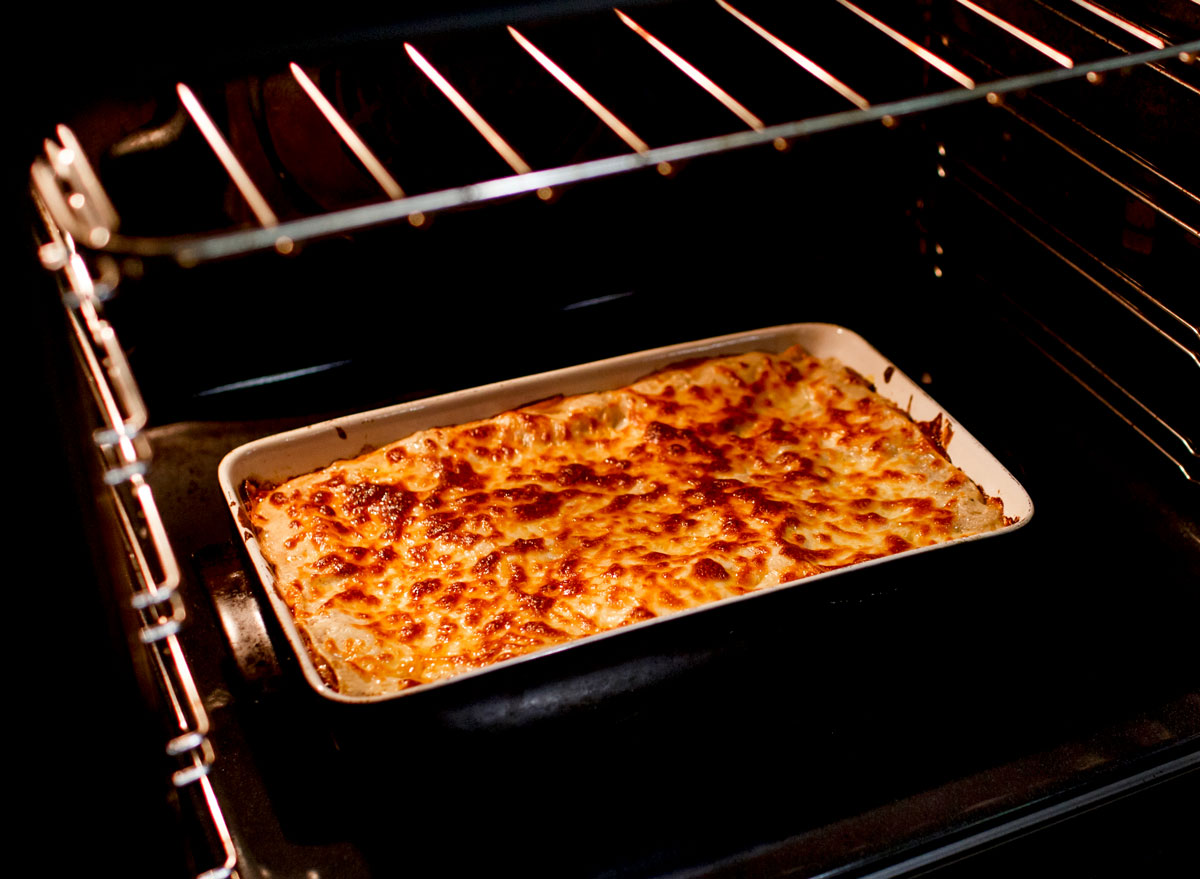
You'll get best results from freezing your foods when you know exactly how to store each food item properly. For example, fresh herbs are best frozen with some water in an ice-cube tray; you'll have an easier time using frozen ginger if you grate it first; and some vegetables, like green beans, need to be blanched before being stored. The more you know.
